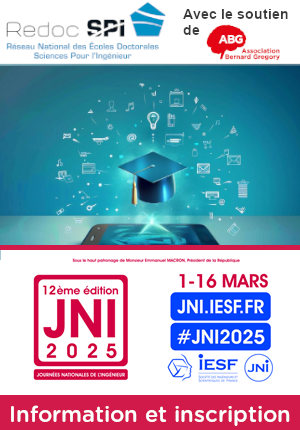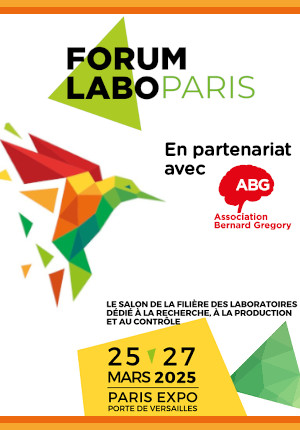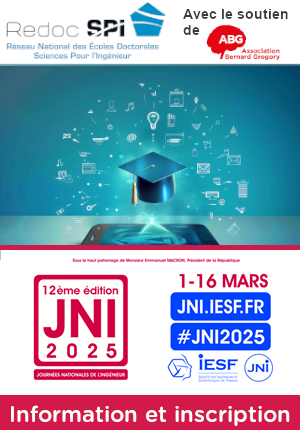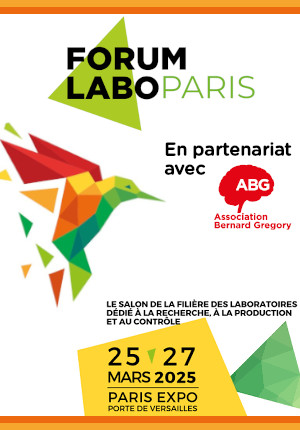Molecular simulation study of cavitation in nanopores
| ABG-128466 | Thesis topic | |
| 2025-02-11 | Public funding alone (i.e. government, region, European, international organization research grant) |
- Physics
Topic description
The team “Phenomena at interfaces, porous media and confined fluids” of ICMN has been interested for many years in the effect of confinement on the dynamic and thermodynamic properties of liquids confined within nanoporous media. Our approach, essentially numerical, aims to understand fundamental phenomena related to the interactions of the fluid with the porous solid, with a particular focus on nanometric pores where the effects are enhanced.
Cavitation is the mechanism by which a liquid fractures under the effect of tension (negative pressure). It occurs both in engineering (ultrasonic cleaning, erosion of boat propellers, etc.) and in natural sciences (gas embolism in trees, pistol shrimp, etc.), and manifests itself in the form of bubbles. The experimental study of the phenomenon on a macroscopic scale is made difficult due to the inevitable presence of walls to contain the liquid, which constitute so many points of weakness where nucleation can predominantly occur. The ANR project NanoCav, bringing together experimentalists and theoreticians (LPENS, Institut NEEL, ICMN, IS2M) intends to meet this challenge by moving to the nanoscale.
Starting date
Funding category
Funding further details
Presentation of host institution and host laboratory
L’ICMN est une formation de recherche du CNRS et de l’Université d’Orléans dont les activités relèvent de la science des matériaux. Le fil conducteur en est la matière divisée, qui inclut les nanoparticules, les nanomatériaux structurés, les composites, les milieux poreux, les fluides complexes confinés ou auto-organisés, les suspensions colloïdales, les polymères, les biomatériaux, etc.
Notre équipe « système Nanostructurés et Confinés » est internationalement reconnue pour ses activités dans le domaine des nanosciences. Nous étudions en particulier l’effet du confinement nanométrique sur les propriétés physico-chimiques de fluides simples ou complexes, avec de nombreuses retombées en catalyse hétérogène, caractérisation des milieux poreux, systèmes biologiques, séquestration du CO2, etc.
Website :
PhD title
Country where you obtained your PhD
Institution awarding doctoral degree
Candidate's profile
Une formation initiale de physicien est requise (Licence de physique), ainsi qu’une solide formation théorique en physique de la matière condensée, physique statistique et transitions de phase.
Vous avez déjà un compte ?
Nouvel utilisateur ?
Get ABG’s monthly newsletters including news, job offers, grants & fellowships and a selection of relevant events…
Discover our members
 Généthon
Généthon  ADEME
ADEME  ONERA - The French Aerospace Lab
ONERA - The French Aerospace Lab  CASDEN
CASDEN  Institut Sup'biotech de Paris
Institut Sup'biotech de Paris  MabDesign
MabDesign  Laboratoire National de Métrologie et d'Essais - LNE
Laboratoire National de Métrologie et d'Essais - LNE  Ifremer
Ifremer  Tecknowmetrix
Tecknowmetrix  SUEZ
SUEZ  Institut de Radioprotection et de Sureté Nucléaire - IRSN - Siège
Institut de Radioprotection et de Sureté Nucléaire - IRSN - Siège  CESI
CESI  Aérocentre, Pôle d'excellence régional
Aérocentre, Pôle d'excellence régional  TotalEnergies
TotalEnergies  Groupe AFNOR - Association française de normalisation
Groupe AFNOR - Association française de normalisation  Nokia Bell Labs France
Nokia Bell Labs France  MabDesign
MabDesign  PhDOOC
PhDOOC  ANRT
ANRT










